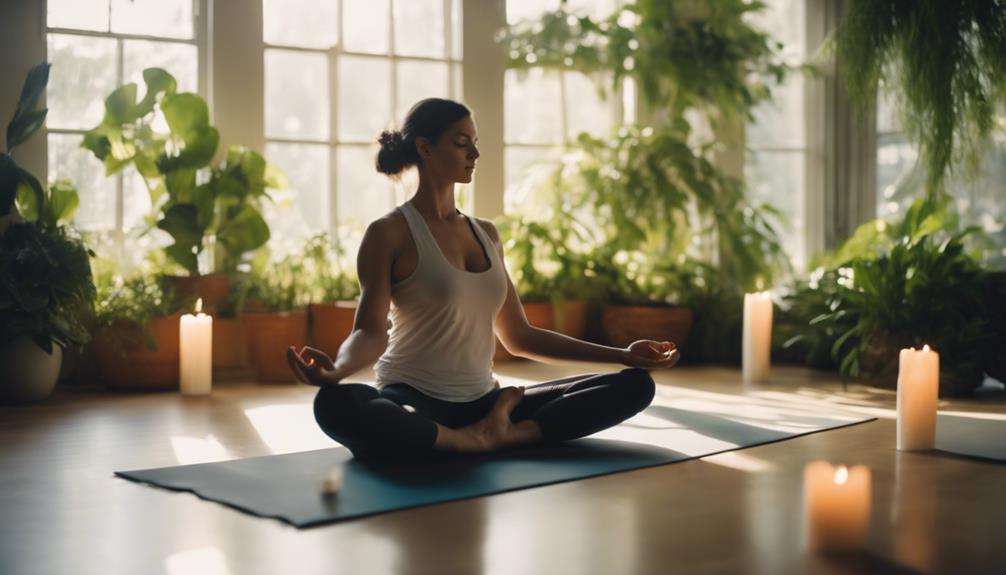Yoga Chair

Yoga has been embraced by millions around the world as a way to improve physical health, mental clarity, and emotional well-being. However, not everyone finds it easy to practice traditional yoga poses on the floor. This is where the yoga chair comes into play. In this blog post, we will explore the benefits, uses, and types of yoga chairs, as well as tips on how to incorporate them into your practice.
Understanding the Yoga Chair: A Versatile Tool for All Levels
The yoga chair is designed to provide additional support and stability during yoga practice. Unlike a standard chair, a yoga chair is typically lightweight, portable, and often features a unique design that allows for various yoga poses to be performed safely. The primary purpose of the yoga chair is to make yoga accessible to everyone, regardless of age, flexibility, or fitness level. By incorporating a yoga chair into your routine, you can enhance your practice and explore poses that may otherwise be challenging.
Benefits of Using a Yoga Chair in Your Practice
Using a yoga chair offers numerous benefits. First and foremost, it provides stability for beginners or those with limited mobility. The chair acts as a support system, allowing individuals to focus on alignment and breathing without the fear of falling or straining. Additionally, a yoga chair can deepen stretches and improve flexibility, as it allows practitioners to achieve poses that may be difficult to reach on the floor. Furthermore, the chair can be used to modify existing poses, making them more accessible and suitable for various body types and conditions.
Types of Yoga Chairs: Finding the Right Fit
When it comes to yoga chairs, there are several types to choose from. The most common type is the traditional yoga chair, which resembles a standard folding chair but is designed specifically for yoga practice. Another option is the “yoga wheel chair,” which features a circular frame that allows for a greater range of motion. Additionally, some practitioners may opt for a “backless yoga chair,” which encourages better posture and engagement of the core muscles. When selecting a yoga chair, consider your personal needs, the types of poses you wish to practice, and the chair’s portability.
Related Posts:
Incorporating a Yoga Chair into Your Routine
Integrating a yoga chair into your practice can be simple and rewarding. Start by familiarizing yourself with basic poses that can be modified using the chair. For instance, the chair can be used for seated forward bends, gentle twists, and even restorative poses. As you become more comfortable, experiment with more challenging poses, such as supported backbends or balancing postures. Remember to listen to your body and adjust the chair’s height or position as needed to ensure proper alignment and comfort.
Yoga Chair Poses for Beginners: Easy and Effective
For those new to yoga or using a yoga chair, there are several poses that are particularly beneficial. One effective pose is the “Chair Pose,” where you sit at the edge of the chair and extend your arms overhead while engaging your core. Another useful pose is the “Seated Forward Bend,” where you sit on the chair and reach forward towards your feet, stretching your spine and hamstrings. Additionally, the “Twisted Chair Pose” allows for gentle spinal rotation while seated, promoting flexibility and relaxation. These beginner-friendly poses can help you build confidence and enhance your overall yoga experience.
Yoga Chair for Seniors: Promoting Balance and Stability
Seniors can greatly benefit from using a yoga chair in their practice. As we age, maintaining balance and flexibility becomes increasingly important. A yoga chair provides the necessary support to safely explore various poses, helping to improve strength, coordination, and stability. Many senior yoga classes incorporate chairs to accommodate participants with limited mobility. By using a yoga chair, seniors can engage in gentle stretching and strengthening exercises that promote overall health and well-being, making yoga an enjoyable and accessible practice.
Choosing the Right Yoga Chair: Factors to Consider
When selecting a yoga chair, several factors should be taken into account. First, consider the material of the chair. A lightweight, durable frame is ideal for portability and ease of use. Additionally, look for a chair with a non-slip surface to ensure stability during practice. The height of the chair is also important; it should allow you to sit comfortably with your feet flat on the floor. Lastly, consider any additional features, such as removable cushions or adjustable heights, that might enhance your experience. Choosing the right yoga chair can greatly impact your practice and support your journey towards mindfulness and physical health.
Conclusion: Transform Your Yoga Practice with a Chair
Incorporating a yoga chair into your practice can transform your experience, making yoga more accessible and enjoyable. Whether you are a beginner, a senior, or someone looking to deepen their practice, a yoga chair can provide the support and stability needed to explore a wide range of poses. By understanding the benefits, types, and uses of a yoga chair, you can embark on a fulfilling journey toward improved health and well-being. Take the time to find the right yoga chair for you and discover how it can enhance your practice, allowing you to connect more deeply with your body and mind.
By embracing the yoga chair, you’re not just making your practice easier; you’re opening the door to a world of possibilities where yoga becomes a lifelong journey of growth and self-discovery.Is Yoga Ok For ChristiansHow To Get A Yoga CertificationWhere And When Did Yoga Originate